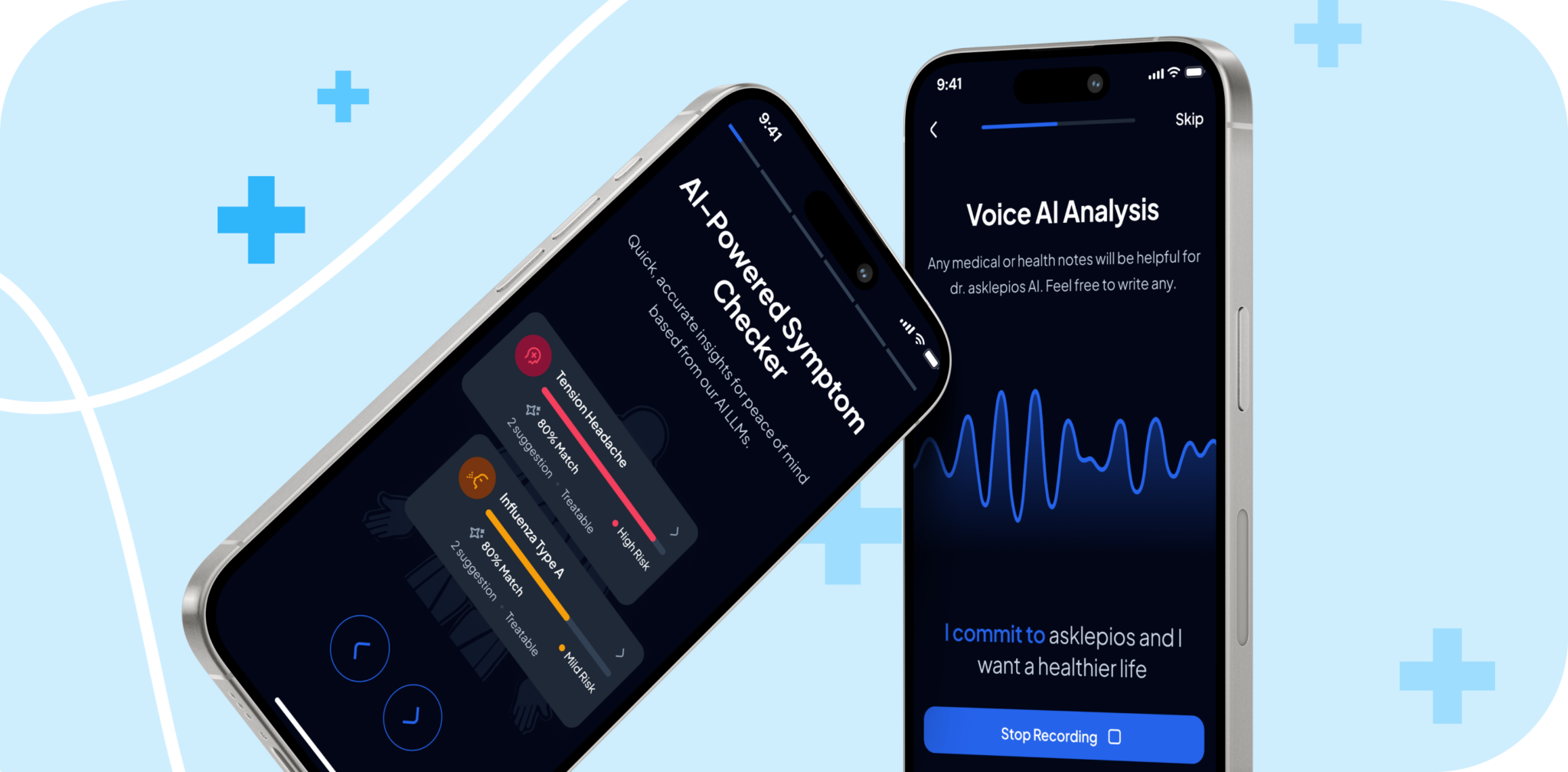Project background
Overview
Our client needed a trustworthy digital assistant that provides accurate, science-backed health information to users. With the rise of misinformation in the health and wellness industry, they wanted a chatbot that could deliver fact-checked insights based on reliable medical sources.
Our team was responsible for defining technical specifications, designing the UI/UX, and building the AI-powered chatbot. The system was designed to process complex user queries, retrieve information from verified databases, and present responses in an interactive and user-friendly way.
Healthypedia AI was developed as more than just a chatbot. It became a comprehensive knowledge platform, ensuring that every answer included direct references to authoritative sources, making it a trusted and credible tool for users seeking health and wellness information.
Project Goals
- Develop an AI-powered chatbot capable of providing reliable and scientifically accurate health information.
- Build a structured and ranked knowledge base with properly categorized sources.
- Ensure credibility by eliminating unreliable content and preventing AI hallucinations.
- Create a scalable AI system capable of processing and interpreting complex health-related queries.
- AIapp
- 7team members
- 800+hours spent
- AI & Analyticsdomain
Challenges
- The chatbot had to reference only verified sources and exclude unreliable content.
- The system required fine-tuning so that it did not generate misleading or false information.
- The chatbot needed to efficiently process, store, and categorize thousands of health-related records.
- The AI had to quickly match user queries with the most relevant and credible sources.
- The chatbot had to offer unique features like nutrition analysis, personalized exercise plans, and interactive health quizzes to differentiate it from generic AI assistants.

Our approach
Solution
To build a credible and structured knowledge base, our team gathered over 3,000 verified health sources, including scientific books, research papers, government databases, and expert interviews. Each source was categorized and assigned a credibility score so that the AI prioritized the most trustworthy references when generating responses.
We implemented advanced machine learning models, including MPNet and fine-tuned BERT, which helped classify user queries, extract key insights, and match questions with the most relevant sources. A vector similarity search algorithm further improved response accuracy, ensuring the chatbot delivered precise and relevant answers.
The backend was built using Node.js (NestJS) and FastAPI, enabling fast and efficient API-driven interactions. To store and manage vast amounts of structured data, we used PostgreSQL with pgvector, optimizing vector-based similarity searches. For deployment, we utilized Kubernetes and Docker, ensuring the system was secure, scalable, and easy to maintain. Authentication was handled through OAuth, JWT, and SSL encryption to enhance user security and data protection.
To enhance the user experience, we designed a chatbot with interactive features, such as a nutrition analysis tool, an exercise plan generator, and blood test interpretation. These features positioned Healthypedia AI as a personalized digital health assistant rather than a generic chatbot.
Team
The Healthypedia AI project required a strong and well-coordinated team with expertise in AI, backend and frontend development, and database management. A project manager oversaw timelines and coordinated tasks for smooth communication between the client and the technical team. The tech lead was responsible for architectural guidance, best coding practices, and leading the AI model training and integration. Backend and frontend developers worked on building the NestJS-based API, integrating AI models, and developing a user-friendly React-based frontend for chatbot interactions.
The UX/UI designer focused on creating an intuitive and engaging interface, making sure users could easily interact with the chatbot. Database acquisition specialists researched and structured a comprehensive PostgreSQL database, curating over 3,000 sources and assigning credibility scores to ensure reliable and fact-checked responses.
Through close collaboration, the team successfully developed a highly functional AI-powered platform that meets high standards of accuracy, usability, and security.
Results
Healthypedia AI successfully launched as a fully operational AI-powered chatbot, providing trusted health information to thousands of users. By integrating over 3,000 verified sources, the chatbot eliminated misinformation and delivered fact-checked, science-backed answers in an accessible and user-friendly format.
With high-accuracy AI models and a structured database, the chatbot was able to process complex medical queries, offer interactive health insights, and provide personalized recommendations—all while maintaining data security and compliance.
As Healthypedia AI continues to evolve, several enhancements are planned:
- Automated database updates.
- Adding AI-generated infographics and illustrations to make responses more engaging.
- Customizing answers based on user profiles, preferences, and medical history.
- Offering personalized meal plans tailored to individual dietary needs and fitness goals.
- Introducing document recognition for blood test analysis, allowing users to upload lab reports and receive AI-driven insights.
With these updates, Healthypedia AI aims to become the leading AI-driven health assistant, offering trusted, personalized, and data-backed medical insights to users worldwide.







